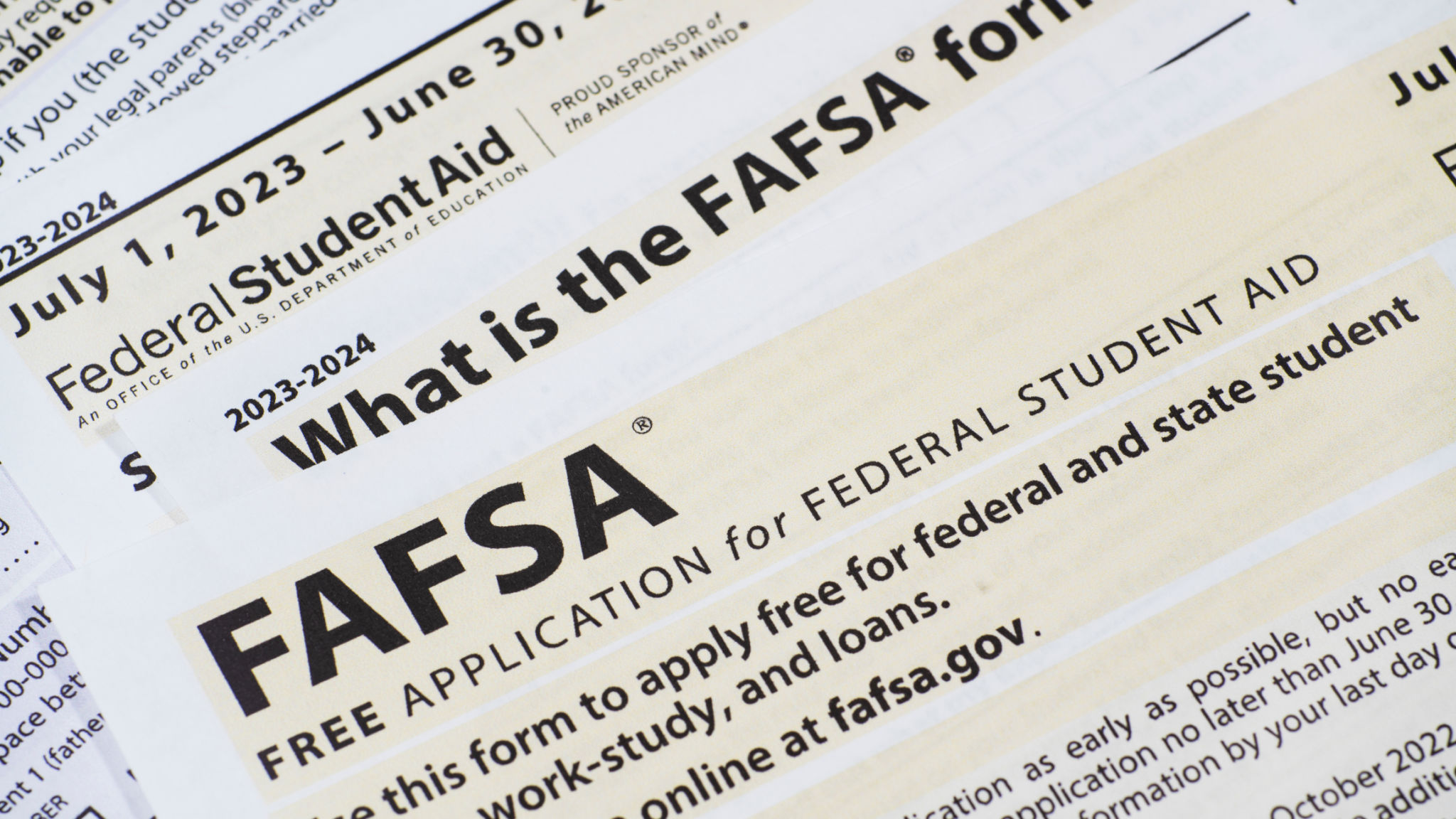How to Navigate Federal Student Loan Repayment Plans
Understanding Your Federal Student Loan Repayment Options
Navigating federal student loan repayment can be daunting, especially with the myriad of plans available. However, understanding your options can help you make informed decisions that align with your financial situation and long-term goals.

Standard Repayment Plan
The Standard Repayment Plan is straightforward: you pay a fixed amount each month for up to 10 years. This plan is ideal for borrowers who can afford higher monthly payments and wish to pay off their loans quickly. Opting for this plan often means paying less interest over time compared to other plans.
Graduated Repayment Plan
With the Graduated Repayment Plan, payments start low and gradually increase, typically every two years. This plan might benefit those who expect their income to rise steadily over time. Although payments begin lower, they will increase significantly, potentially resulting in more interest paid over the life of the loan.

Income-Driven Repayment Plans
Income-driven repayment plans, such as Income-Based Repayment (IBR), Pay As You Earn (PAYE), and Revised Pay As You Earn (REPAYE), adjust your monthly payments based on your income and family size. These plans offer flexibility for those with fluctuating incomes, although they may extend the loan term to 20 or 25 years, potentially increasing the total interest paid.
- Income-Based Repayment (IBR): Payments are typically 10-15% of your discretionary income.
- Pay As You Earn (PAYE): Limits payments to 10% of discretionary income.
- Revised Pay As You Earn (REPAYE): Also caps payments at 10% of discretionary income and includes forgiveness after 20 or 25 years.
Loan Forgiveness Programs
Some borrowers may qualify for loan forgiveness programs, such as Public Service Loan Forgiveness (PSLF). This program forgives the remaining balance on your Direct Loans after 120 qualifying monthly payments under a qualifying repayment plan while working full-time for a qualifying employer.

Choosing the Right Plan for You
Selecting the right repayment plan depends on various factors, including your current financial situation, career trajectory, and long-term goals. It's crucial to carefully evaluate each plan's pros and cons and consider how they align with your unique circumstances. Remember, you can change your repayment plan if your situation changes, so it's essential to stay informed and proactive about managing your loans.
Ultimately, understanding and navigating federal student loan repayment plans involves weighing the benefits of each option against your financial needs. Take advantage of available tools and resources, such as loan simulators and financial advisors, to make informed decisions. With the right approach, you can manage your student loans effectively and work towards financial stability.